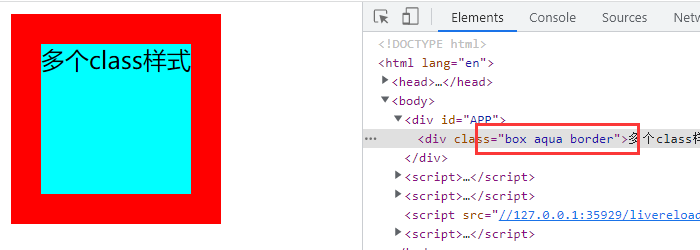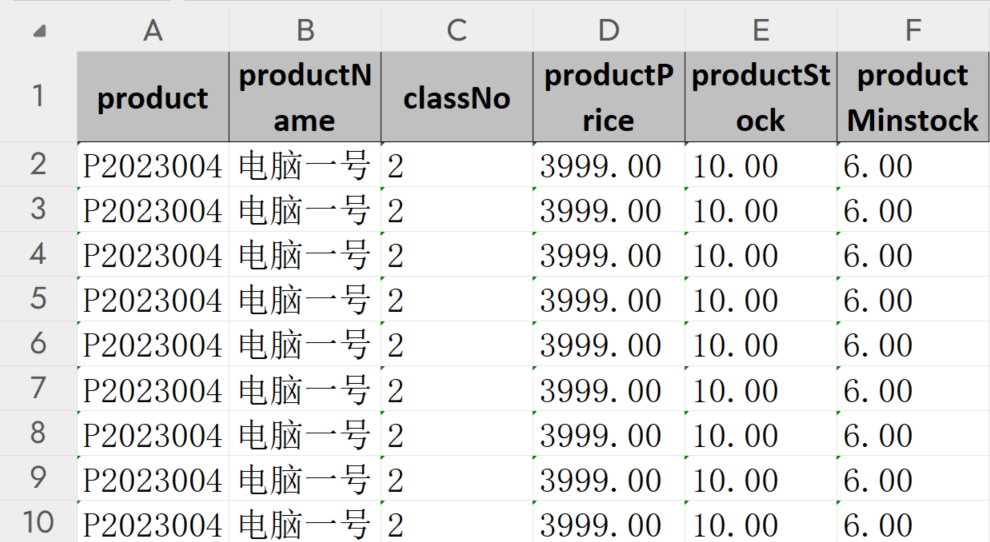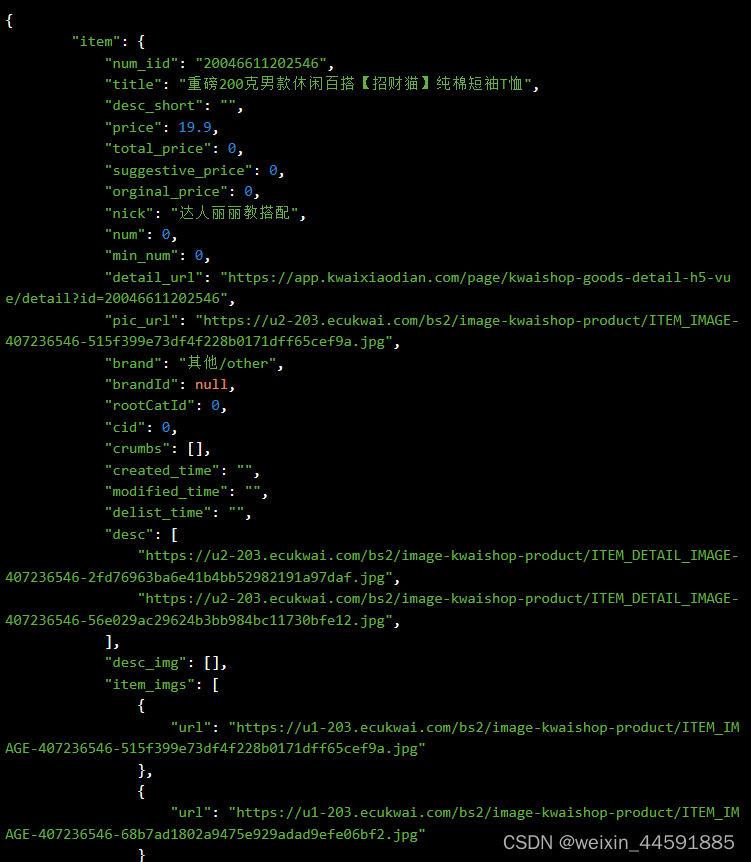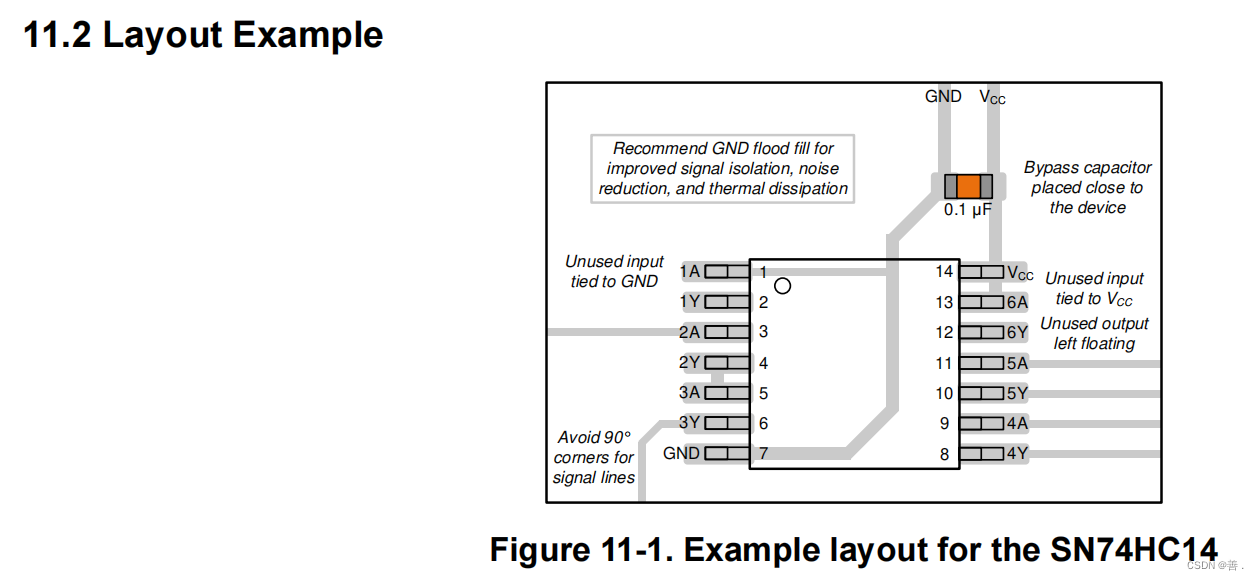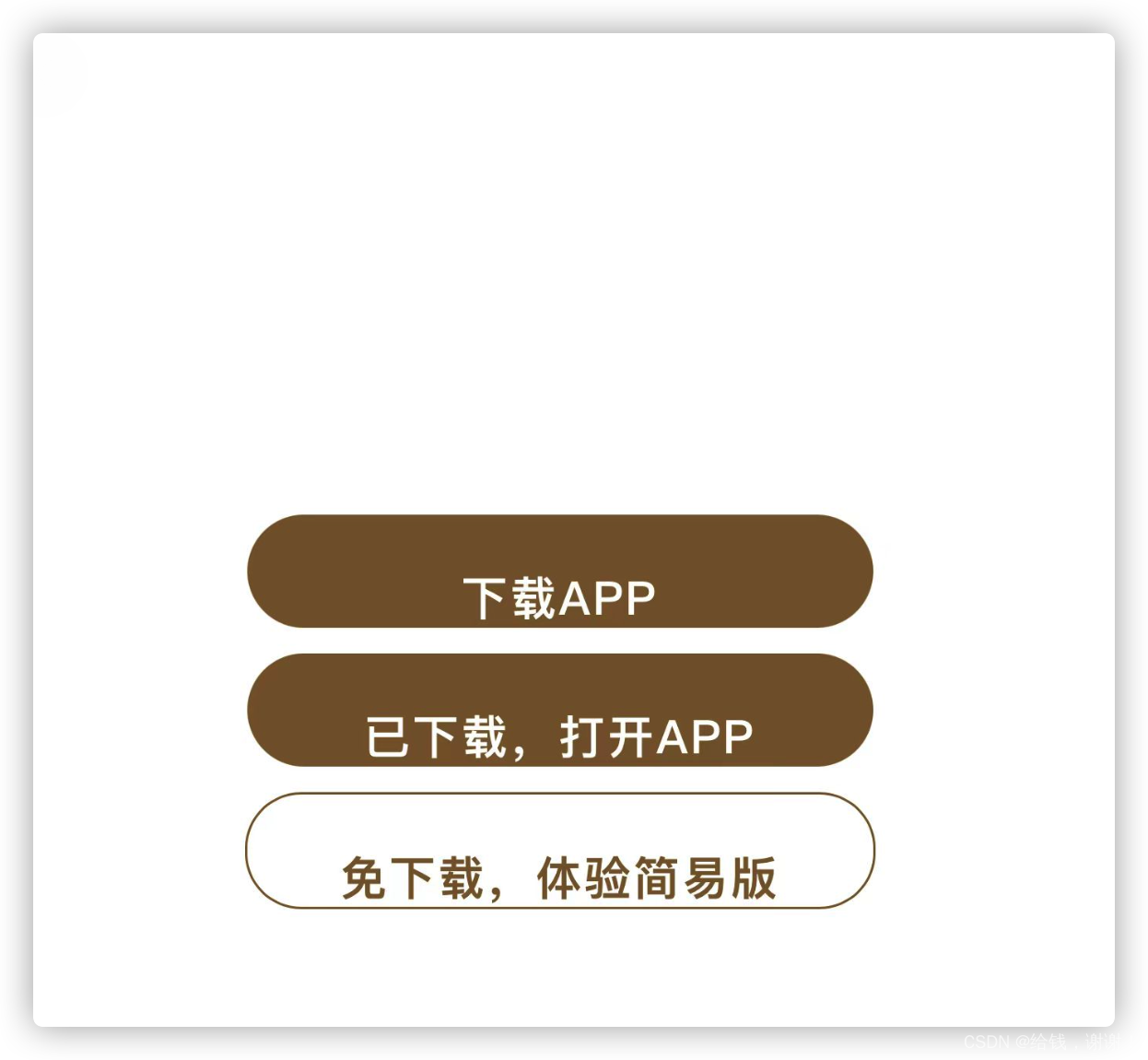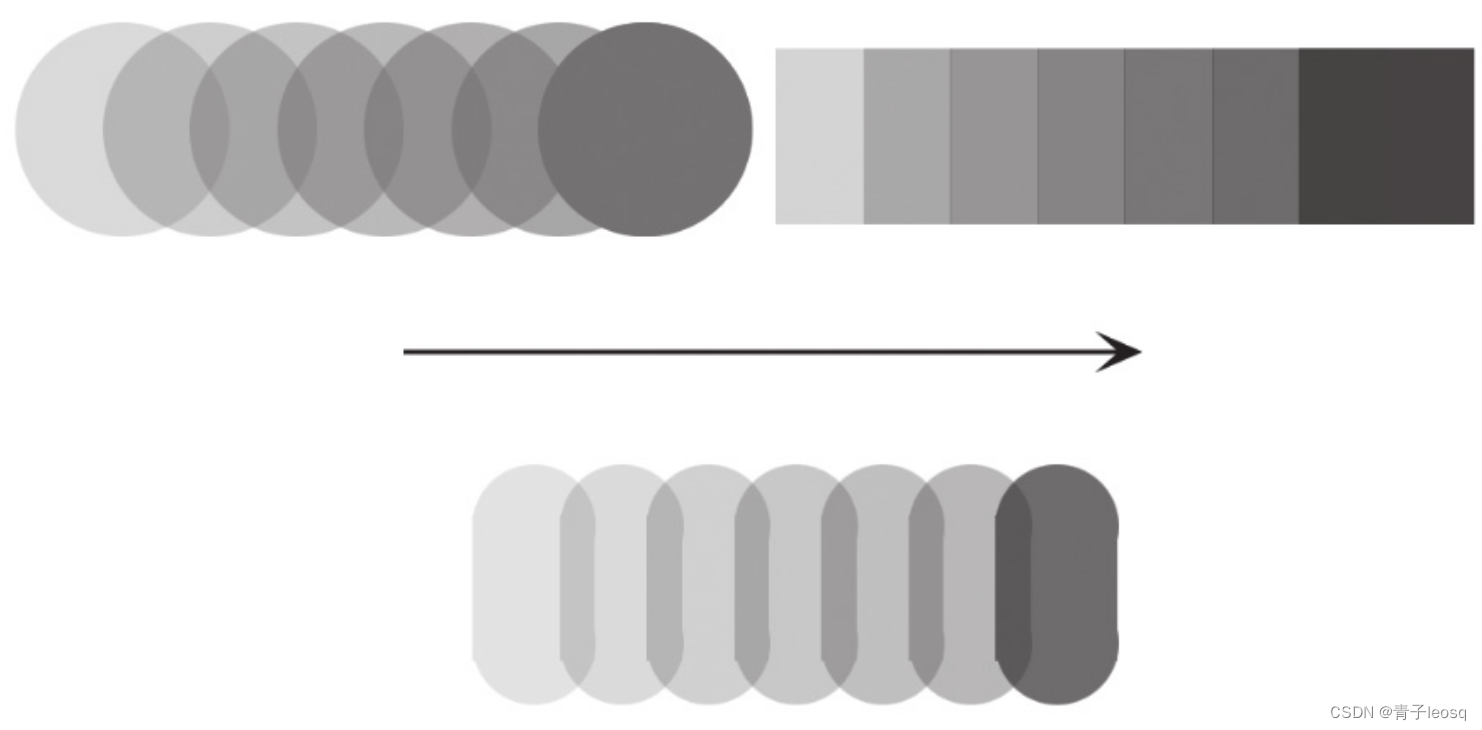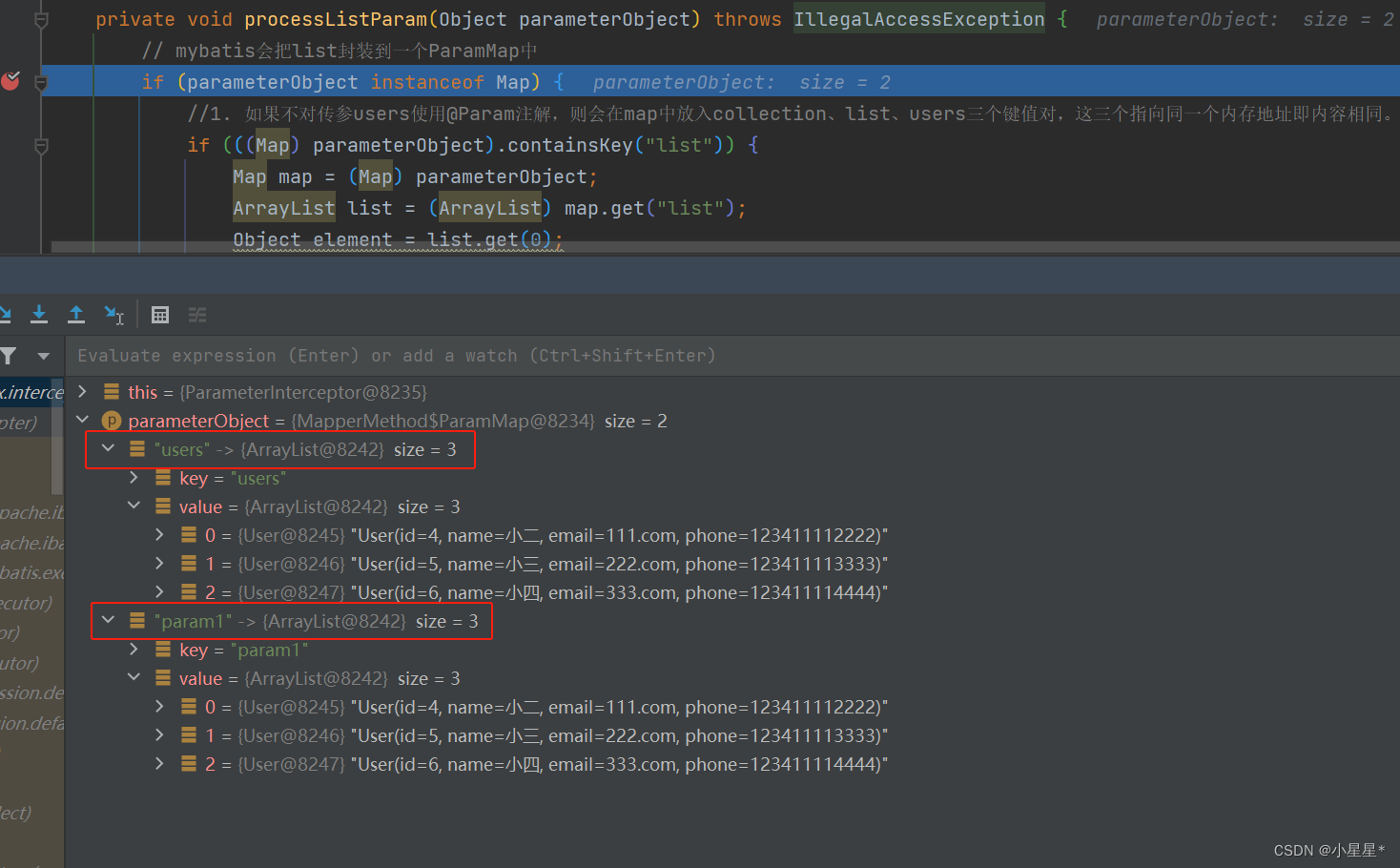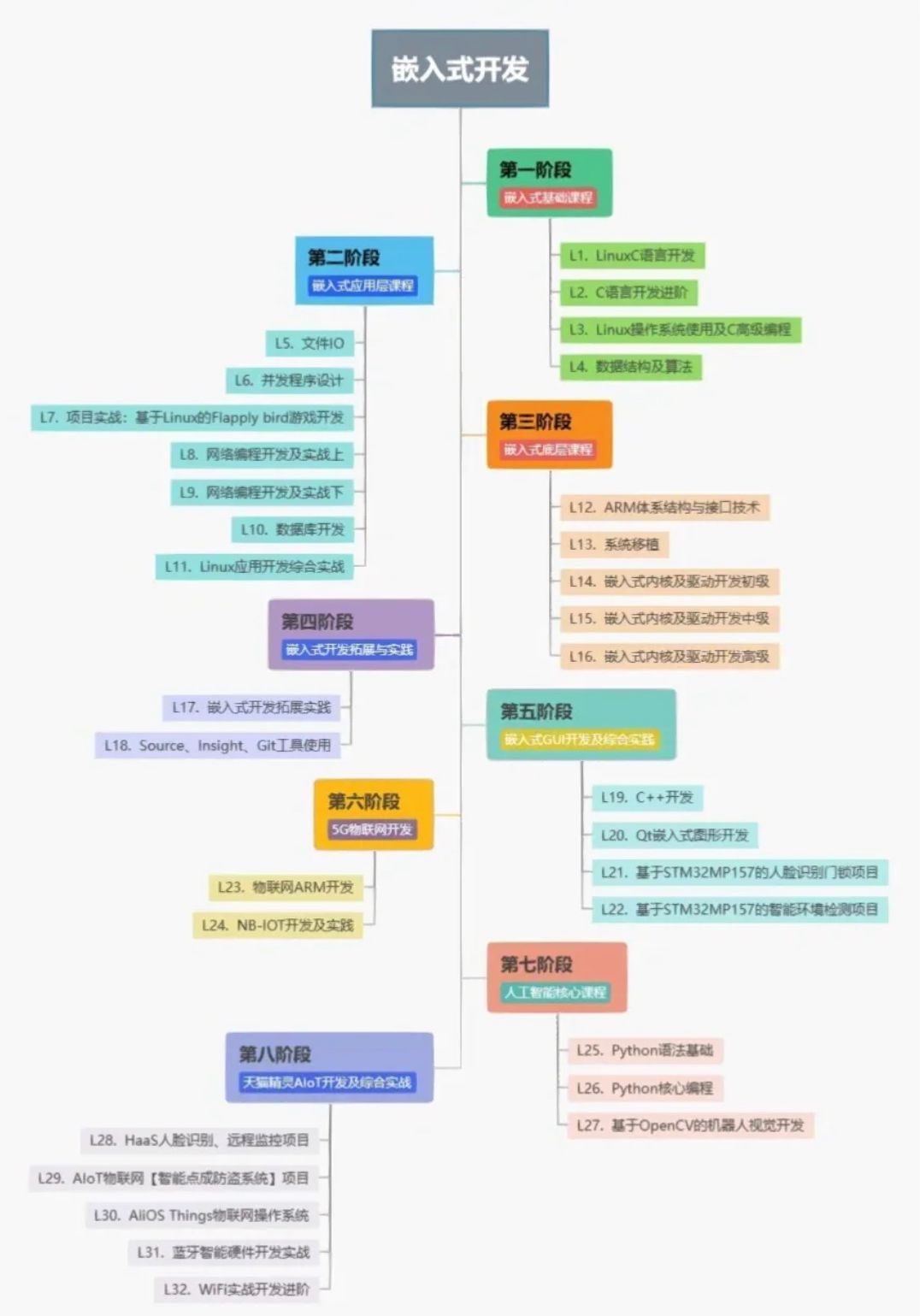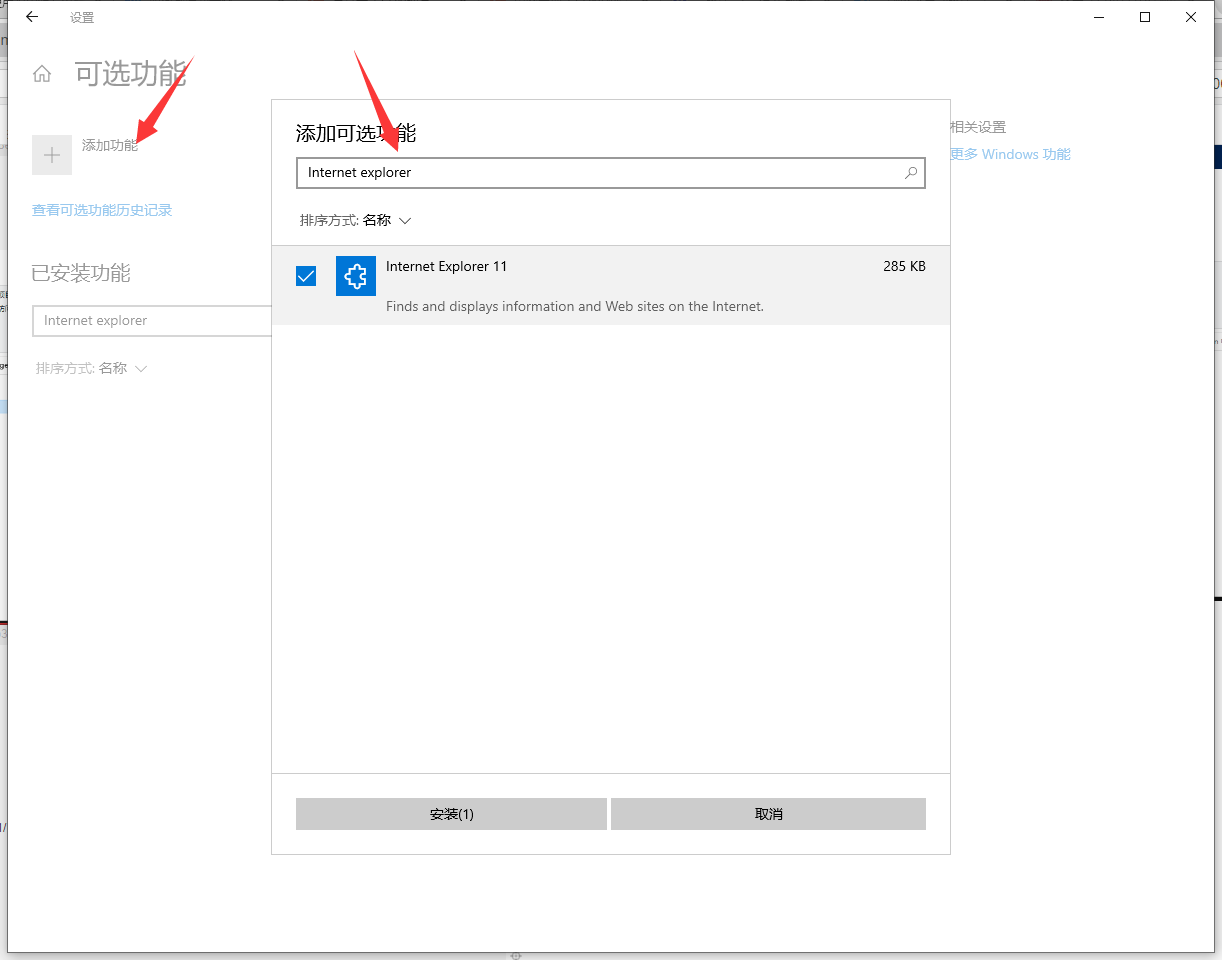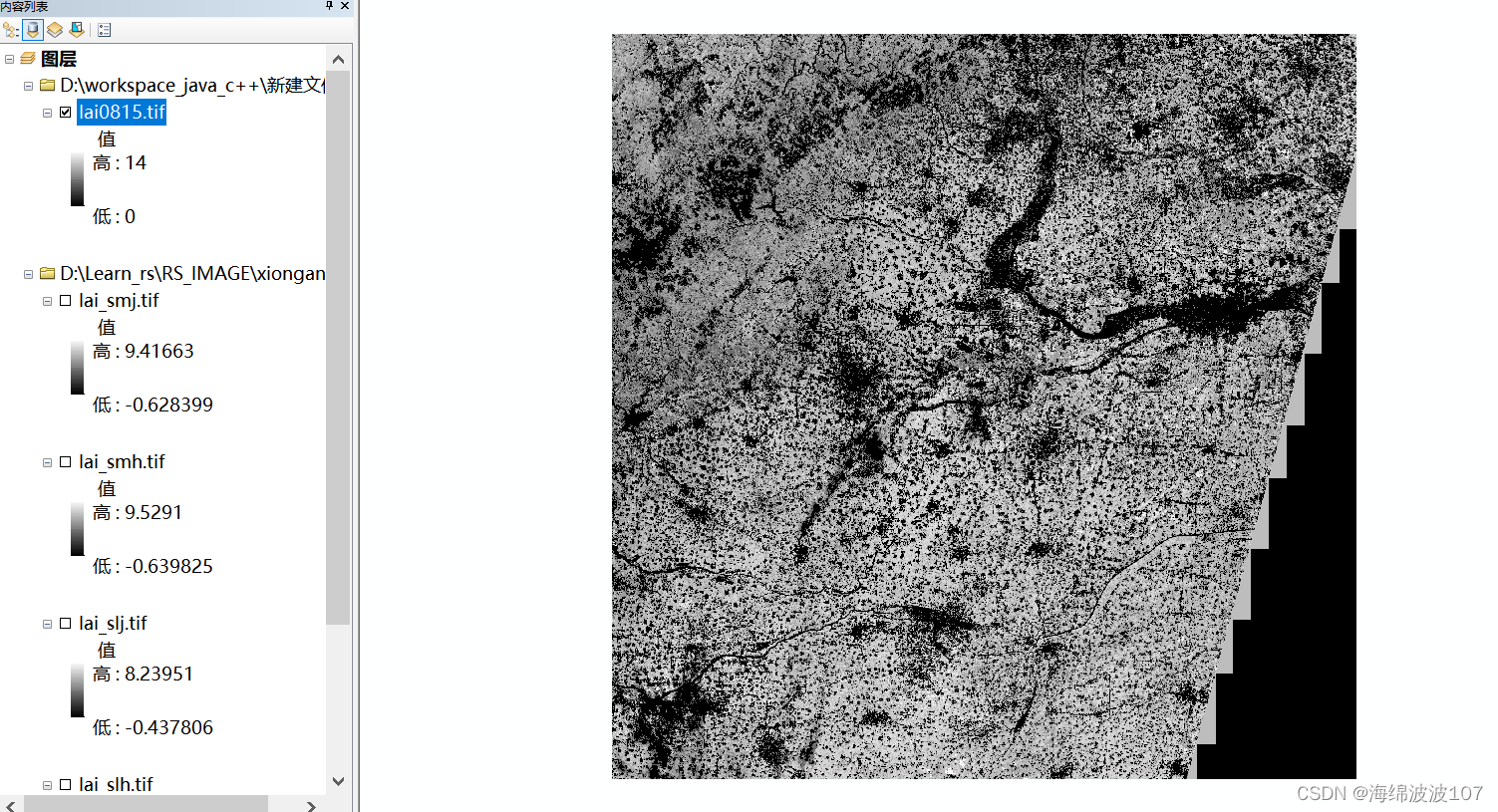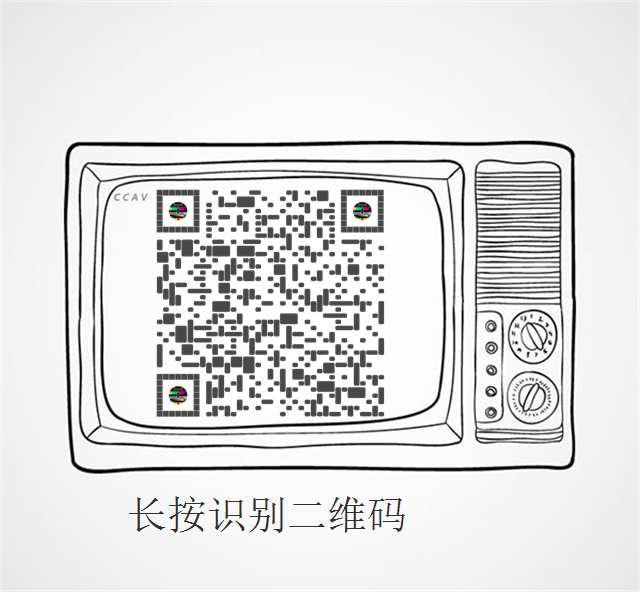目录
摘 要......................................................................................................................... 2
第一章 绪论............................................................................................................. 5
1.1研究课题背景............................................................................................. 5
1.2 国内外发展概况..................................................................................... 7
1.3 课题研究的目的..................................................................................... 8
1.4 课题的研究内容及章节安排................................................................ 8
第二章 消防无人机控制系统的设计方案........................................................... 9
2.1 系统的需求分析................................................................................... 10
2.1.1功能需求....................................................................................... 10
2.1.2性能需求....................................................................................... 10
2.2 系统总体架构设计............................................................................... 11
2.2.1系统结构设计............................................................................... 11
2.2.2系统功能设计............................................................................... 12
2.3 系统关键技术....................................................................................... 13
2.4 本章小结................................................................................................ 14
第三章 系统硬件设计.......................................................................................... 14
3.1微控制器................................................................................................... 14
3.1.1 微控制器选型.............................................................................. 14
3.1.2 STM32 单片机最小系统............................................................ 15
3.2 无线通信电路......................................................................................... 16
3.3 电池管理电路......................................................................................... 19
3.4地面无线数据接收器.............................................................................. 20
3.4.1 OLED 显示电路.......................................................................... 20
3.4.2 声光报警电路.............................................................................. 21
3.5无线图像传输模块.................................................................................. 22
3.6GPS 定位模块.......................................................................................... 23
3.7机载视频监控器...................................................................................... 24
第四章 系统软件部分设计.................................................................................. 25
4.1软件通信协议.......................................................................................... 26
4.2机载控制器的软件设计.......................................................................... 27
4.3地面操控终端的软件设计..................................................................... 28
4.3.1 人机交互界面的设计................................................................. 29
4.3.2 软件功能设计.............................................................................. 30
4.4本章小结................................................................................................... 34
第五章 系统仿真调试部分.................................................................................. 34
5.1 软件研发的背景................................................................................... 34
5.2 电路图绘制........................................................................................... 35
5.3 硬件安装过程....................................................................................... 36
5.3.1 元器件的检查.............................................................................. 36
5.3.2焊接元器件................................................................................... 36
5.3.3电路检查....................................................................................... 37
5.3.4通电调试....................................................................................... 37
5.3.5硬件接口调试............................................................................... 37
第六章 结束语..................................................................................................... 37
参考文献................................................................................................................. 38
致 谢................................................................................................................. 39
附录.......................................................................................................................... 40
摘 要
随着我国微型电子技术和嵌入式系统的发展,目前行业内相对比较传统的灭火装置无法满足客户的需求,且容易在成人员伤亡。为了改进传统灭火器在安全问题上得短板问题,在本次毕业设计中,将使用相对先进、快捷、智能的控制机制,制作一款消防无人机控制系统。
论文首先分析了系统的功能需求和性能需求,对系统进行了总体设计,将系统从空间结构上分为空中灭火子系统和地面控制子系统两部分。重点研究了视频编解码技术和网络传输技术,提出并实现了一套基于局域网的多路高清视频传输的解决方案,保证了高清视频传输的实时性和高清性。然后深入研究了基于Windows的音频技术和GIS开发方法,并设计了地面控制系统与空中灭火系统之间的控制通信协议。最后详细地论述了系统各功能模块的实现方法和过程。该消防无人机设计具有智能控制、数字显示、报警等功能,而且性价比高、度准确、能耗较低、制作简易、控制方便快捷等特点,给人民生活带来了很大的影响,在市场上很受欢迎。
关键词:无人机;灭火控制系统;无线传输;视频传输
Abstract
With the development of micro electronic technology and embedded system in China, the relatively traditional fire extinguishing equipment in the industry can not meet the needs of customers, and it is easy to cause casualties.In order to improve the shortcomings of traditional fire extinguishers in safety issues, in this graduation project, a relatively advanced, fast and intelligent control mechanism will be used to make a control system of fire fighting UAV.
Firstly, the functional and performance requirements of the system are analyzed, and the overall design of the system is carried out. The system is divided into two parts: the air fire suppression subsystem and the ground control subsystem from the space structure.This paper focuses on video codec technology and network transmission technology, and puts forward and realizes a set of solution of multi-channel high-definition video transmission based on LAN, which ensures the real-time and high-definition of high-definition video transmission.Then, the audio technology and GIS development method based on Windows are deeply studied, and the control communication protocol between the ground control system and the air fire extinguishing system is designed.Finally, the realization method and process of each functional module of the system are discussed in detail.The fire control UAV design has intelligent control, digital display, alarm and other functions, and high cost performance, accuracy, low energy consumption, simple production, convenient control and other characteristics, has brought a great impact on people's lives, is very popular in the market.
Key words: Unmanned aerial vehicle (uav);Fire control system;Wireless transmission;Video transmission
第一章 绪论
1.1 研究课题背景
高层建筑发生火灾,火灾蔓延途径很多,有些火势跳跃式蔓延,且容易造成立体火灾和建筑倒塌,可能使未及时疏散的人民群众发生伤亡。这就要求消防人员需在最短的时间内赶到火灾现场,并组织灭火。火灾的时间越短,造成的损失就会越少。因此,快速有效的消防应急救援,是减少人员伤亡和经济损失的有效方法。消防无人机控制系统正是基于这一需求而产生。无人机不受高度限制,而且可以快速的到达现场。工作人员根据现场的情况,及时做出相应的反应。消防无人机控制系统主要应用于消防灭火、公路交通应急处理等领域。在人力无法及时到达的区域,无人机可以及时到达,采取有效措施。
回顾以往,在19世纪末,当工业化迅速革命时,出现了一些小型的无人机。展望过去的几年时光,微电子无人机具在数据转换和智能控制中起到了举足轻重的作用。现如今智能无人机和信息数据也逐渐应用于航拍、消防、农业等重要方向。
我们的消防无人机技术在20世纪90年代中期也取得了前所未有的进步,因为传感器技术的革新。不同的消防无人机,如春季雨后的青笋,逐渐应用于国家的消防安全工作。消防消防无人机系统。消防无人机系统是一种具有高空监控、火情探测、应急救援、空中实施救援引导等多功能综合应运消防系统。它的特点是起飞时间短,速度快,效率高,可垂直起降,能实现高空俯视和高空巡逻,完成了人工所不能完成的任务。
我国消防无人机控制系统方向的研发力度不够,而且很晚,然而随着近几年来我国消防无人机行业的蓬勃发展,消防无人机数量也在快速增加,同样的对消防无人机智能化的需求量也急剧增加。即使国外在消防无人机控制方面研究比较突出,但我国的实际需求情况比较复杂,并不能完全的应用此项技术,消防无人机种类较多,没有一致规范,而且消费习惯也不一样,达到消防无人机控制还有一定的距离,但是智能电子秤控制系统在国内的还是有宽广的未来。消防无人机控制系统的研发对高层建筑灭火系统的发展具有重大意义,视频实时传输技术、视频编解码技术等相关技术的发展为消防无人机控制系统的实现提供了技术基础,因此系统的研发是必要可行的,并具有极大的应用价值。
完整论文请点击如下链接下载:
https://download.csdn.net/download/weixin_45905610/80614868![]() https://download.csdn.net/download/weixin_45905610/80614868
https://download.csdn.net/download/weixin_45905610/80614868

